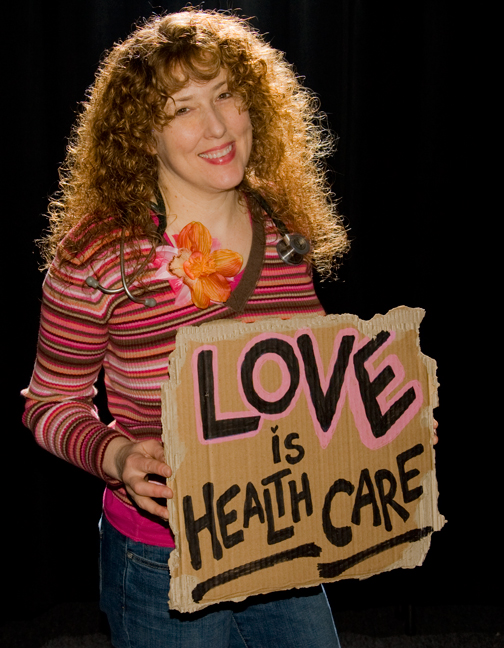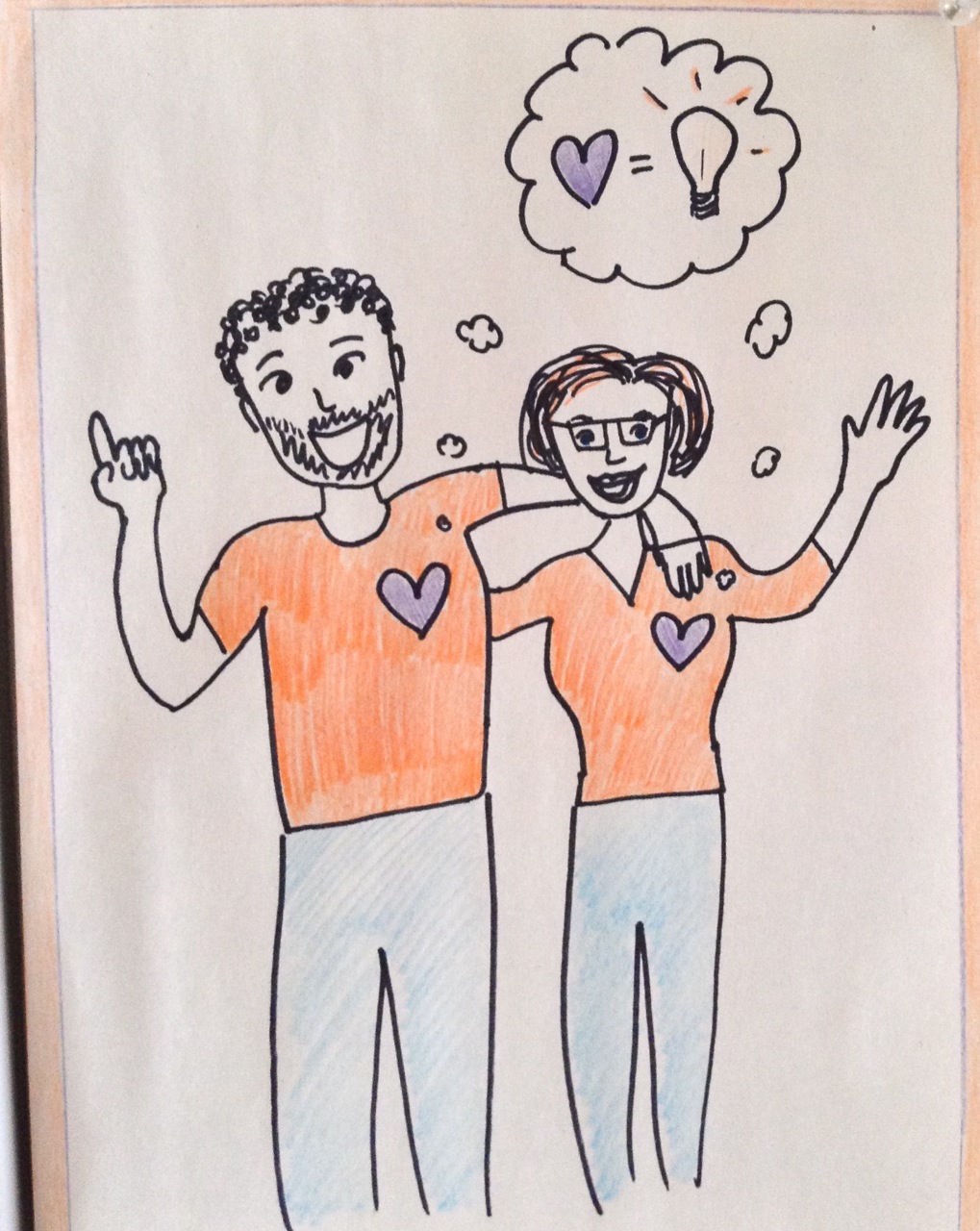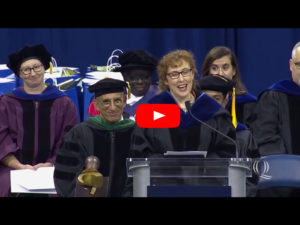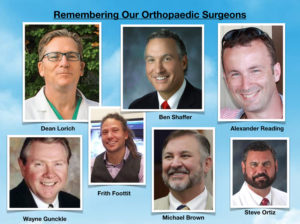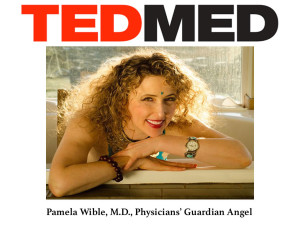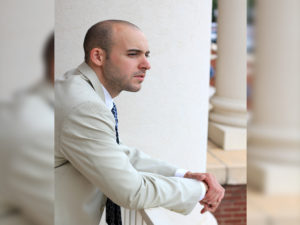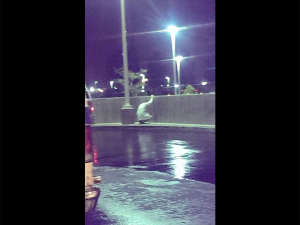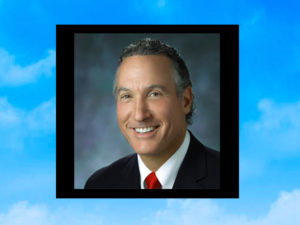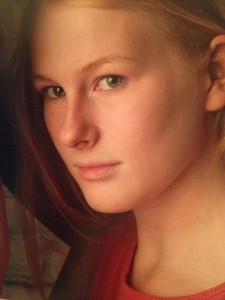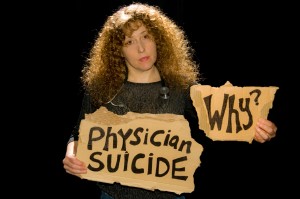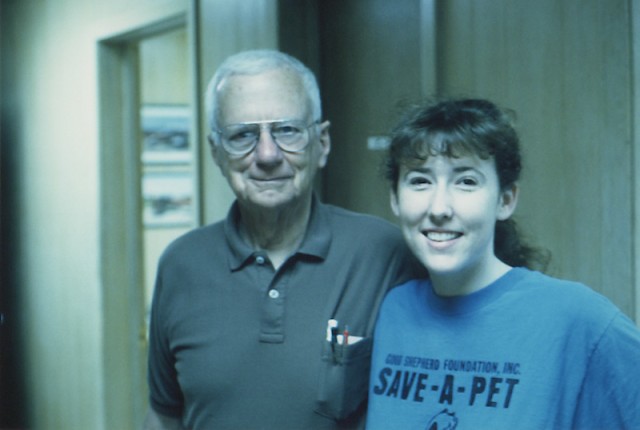
After two decades of formal education, today I’m finally set loose with real patients. It’s the actual moment I’ve been waiting for my entire life.
We’re each assigned to a family doc for the month. I scroll down the list of third-year medical students, place my right index finger beside my name, slide it across the page, then read aloud: E. Sinks McLarty, Jr., M.D., III.
The next morning I find his office—a small nondescript building with his name on the side—and enter the waiting room, which features 1970s-style wood paneling, faded and covered with the grime of decades of cigarette smoke. Centrally located is a large oil portrait of E. Sinks McLarty, Sr., M.D., who opened the place nearly 100 years ago. I pass rows of empty chairs to the front desk, where I meet three bouncy women—all relatives of Dr. McLarty. I introduce myself to the friendly, frenzied group of chatty chart finders, then the garrulous gang scurries me down a narrow, smoke-filled hallway where I meet Dr. McLarty’s nurse, affectionately nicknamed “Olive Oyl.”
A friendly, slender, snappy-tongued woman with a gravelly voice, Olive Oyl chain-smokes at her desk. Her deep red lipstick and nail polish are the color of freshly clotted blood. She escorts me into a dimly lit room where I’m not at all sure I’m safe. There, on the couch, I meet Dr. McLarty—a seventy-year-old cowboy eating Metamucil wafers while puffing on a pipe. He wears Wrangler corduroys and sports a crew cut with some gray hairs shooting through. With his thick Texas twang, he slurs his words together around southern slangisms and medical anecdotes.
With pen, paper, and stethoscope, I follow Dr. McLarty around to see what I can glean from him. I’m immediately struck by his speech with patients. He calls all the men “pahdna” and all the women “shuga.” Isn’t that sexual harassment?
Dr. McLarty has no tolerance for big-government rules. When a patient needs a triplicate form signed, he snaps, “Well, now, shuga, that’s a bunch of horseshit!” or “I don’t give a ram dam or a rat’s butt!” While cursing, he signs the forms, gives one to the patient, and throws the other two across the room in a wad. “Hell, I’ll make toilet paper out of it one day,” he rambles as he tramps out of the room.
Dr. McLarty makes even the common cold an event to remember. “Okay, now, pahdna, let’s look in that there snoot. Ah, a little redness, nothing to say grace over. Let’s listen to your ticker while I gotcha here.” Slamming down the chart, he exclaims, “You’ve prob’ly got some of that damn crud we’ve seen going around!”
In the next room, an elderly woman complains of joint pain. His diagnosis: “You’ve got arthritis! Well, hell, you can see that. No need to pay for that, shuga. Now hold that cane in your left hand and tell Byron to give ya a damn golf ball to carry around in the right.” He didn’t cure her arthritis, but she looked like an avid golfer when she left.
After seeing a few patients in the morning, Dr. McLarty closes down for a two-hour lunch. We all squeeze into his office on the couch to watch soap operas. During a romantic interracial scene, they shake their heads in unison. “Oh, no! We don’t believe in that!”
So I offer the clan some of my chocolate soy ice cream and one gal gasps, “Oh, no! My husband wouldn’t like that!” Dr. McLarty puts down his Metamucil wafer and grabs a spoonful. “That’s pretty darn good!”
After lunch we’re getting ready to see a man named “Sunshine.” Before entering the exam room, Dr. McLarty pulls me aside and says, “This family’s been shot in the damn butt with bad luck!”
“What’s going on?” I ask.
“He got cancer. I’ve known a week, but gonna break it to him now.”
“Why didn’t you tell him last week?” I ask.
“If he lived by himself, I’d a told ’im right away this is how the cow ate the cabbage, but his wife, Lordy, ya couldn’t scrape her off the wall last night,” he rants as he trudges down the hall.
I gathered that Sunshine’s wife was extremely anxious.
We enter the room. Doc pats the old fellow on the shoulder and says, “Sunshine, now I ain’t gonna pull any punches by tellin’ ya we got a drug.” After a few cryptic sentences, he asks, “Ya get what I’m sayin’?”
Sunshine replies, “Yep! Lights out.”
That was the entire office visit.
Most of Doc McLarty’s patients are old white guys who have aged right alongside him. But this afternoon, we jump into Doc’s old pickup to see a young gal in the hospital. On exam, he notices her breast implants and asks, “Hey now, shuga, how long ya had these damn things blown up that way?” She answers politely and the interview continues without a hitch.
We only saw one kid that month. As the boy raced around the exam room, Dr. McLarty quickly warned, “Hey now, pahdna, get back up there on that there table. We don’t want ya to bust your gazoo!”
I’ll always savor my month with E. Sinks McLarty, Jr., M.D., III. I didn’t learn much about diagnosing or treating disease, but I learned a lot about human relationships and the art of medical practice.
I sure miss him.
So, after fifteen years, I track him down to thank him.
He answers on the first ring.
With my heart pounding, I ask, “Is this really Dr. McLarty?”
“Yep, this is Doctor McLarty. Who the hell is this?” he shouts.
“I’m a medical student you mentored long ago, and I just want to say thank you.”
“Well, thank you, sweetie, but I got cancer of the bladder and just had therapy today, and I’m bleedin’ like hell!” Before I can express my sympathy, he quickly blurts out, “What comes around goes around. Thanks for calling on me, but I gotta go pee again!”
He hangs up on me.
That’s it.
I never even tell him my name—not sure he would have remembered me—but I do get to thank him before lights out.
Chapter 66 from Pet Goats & Pap Smears, Dr. Wible’s best 101 patient stories from 20 years of medical practice.

